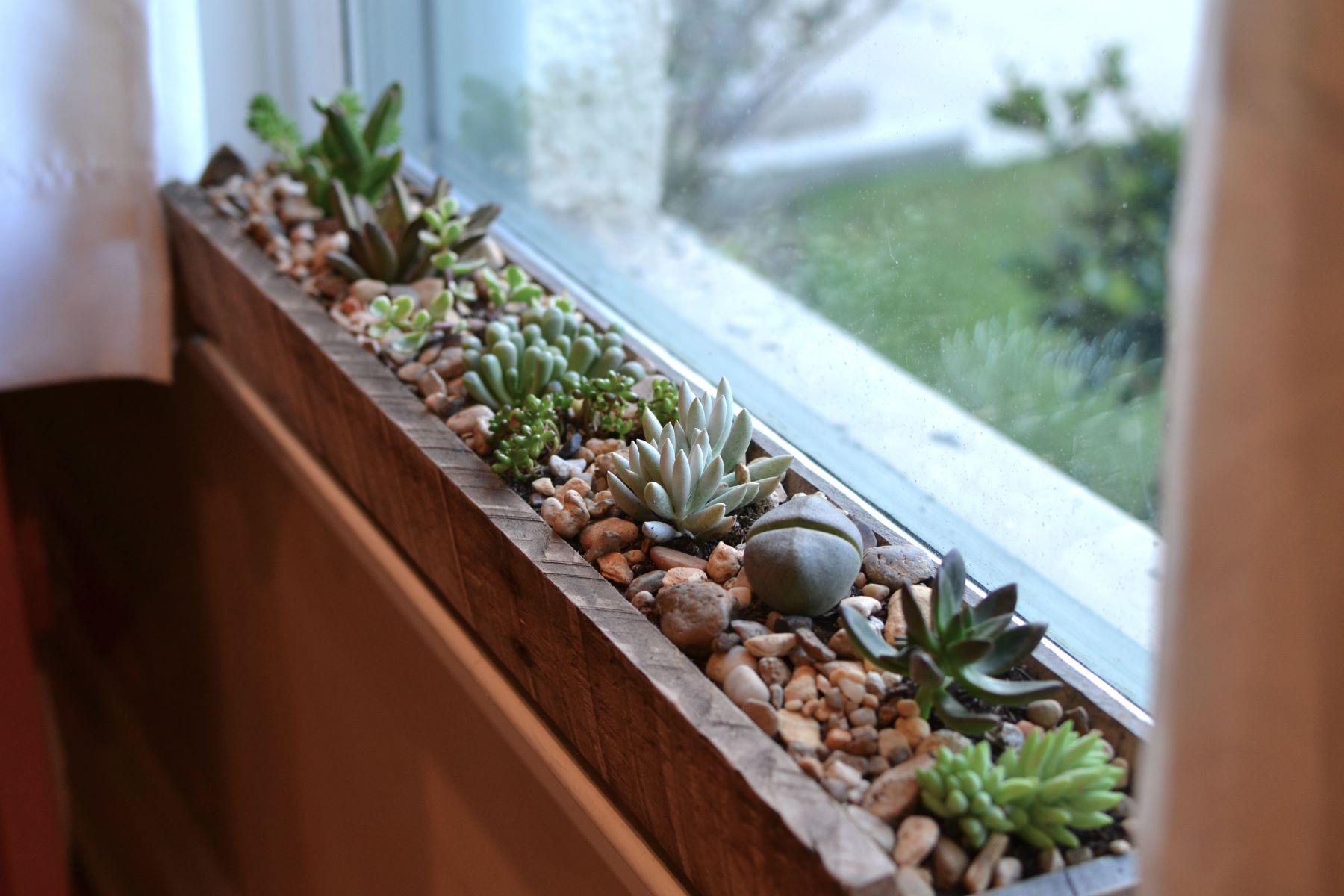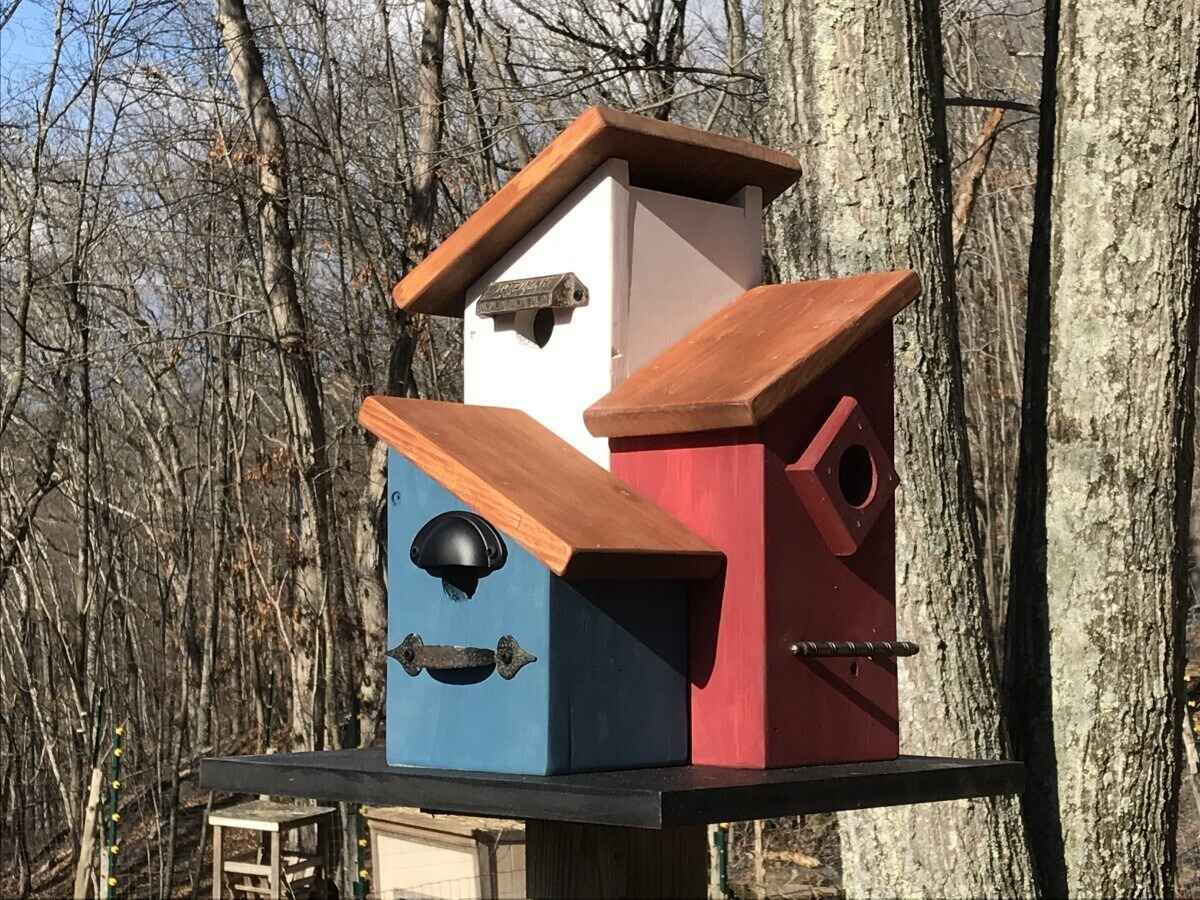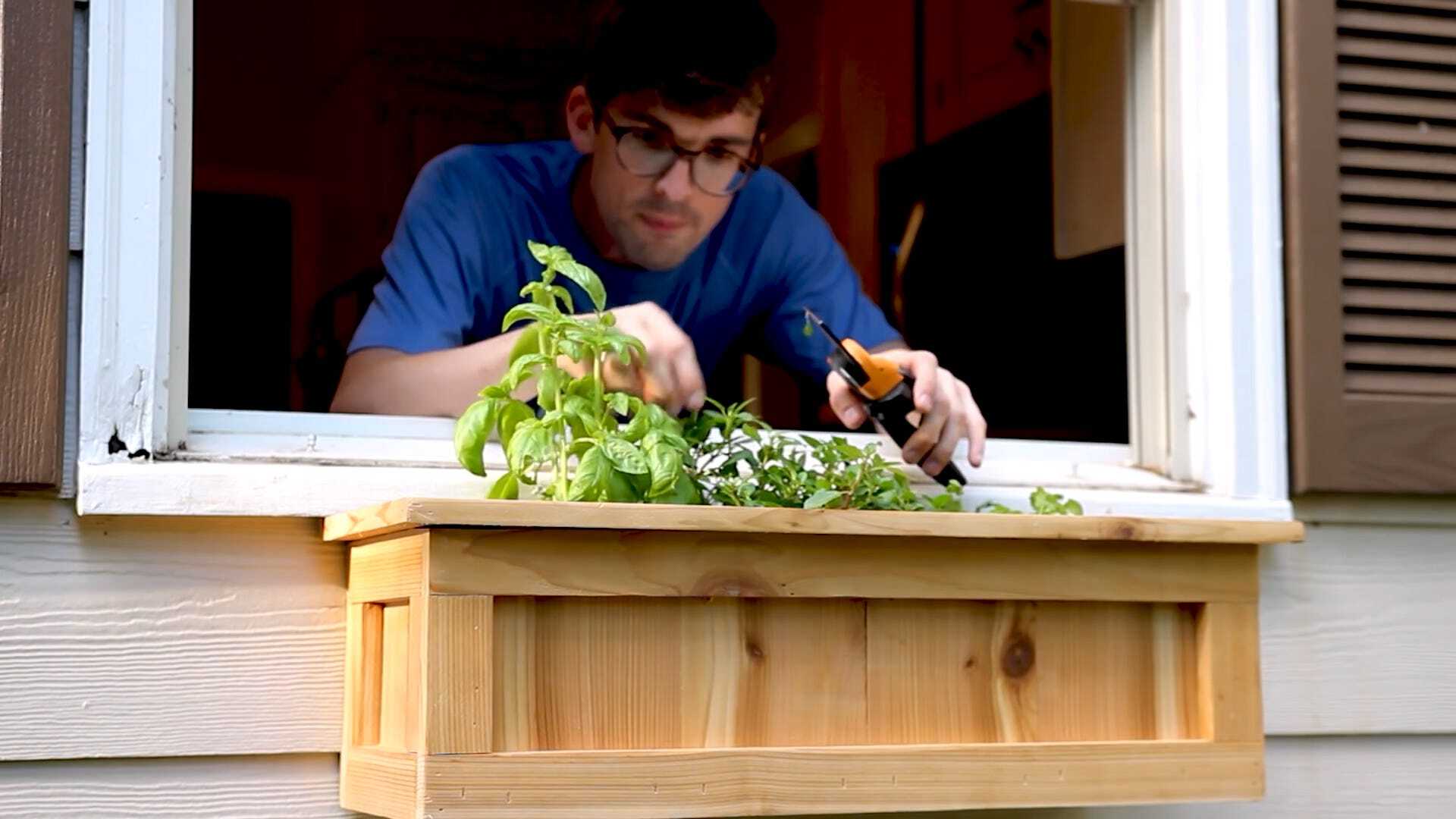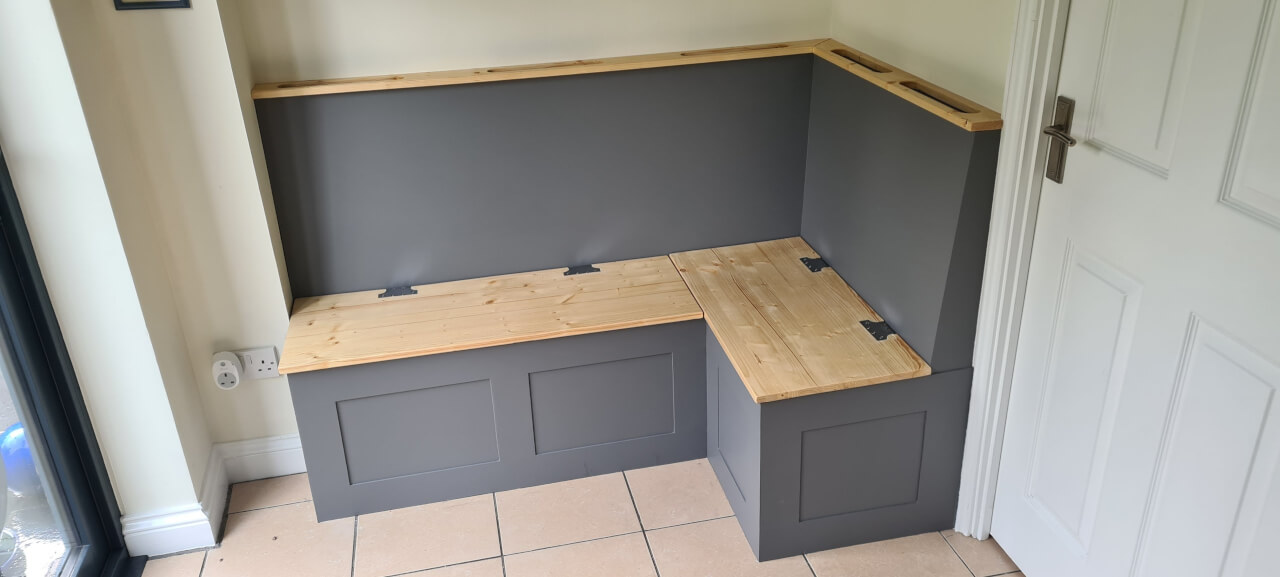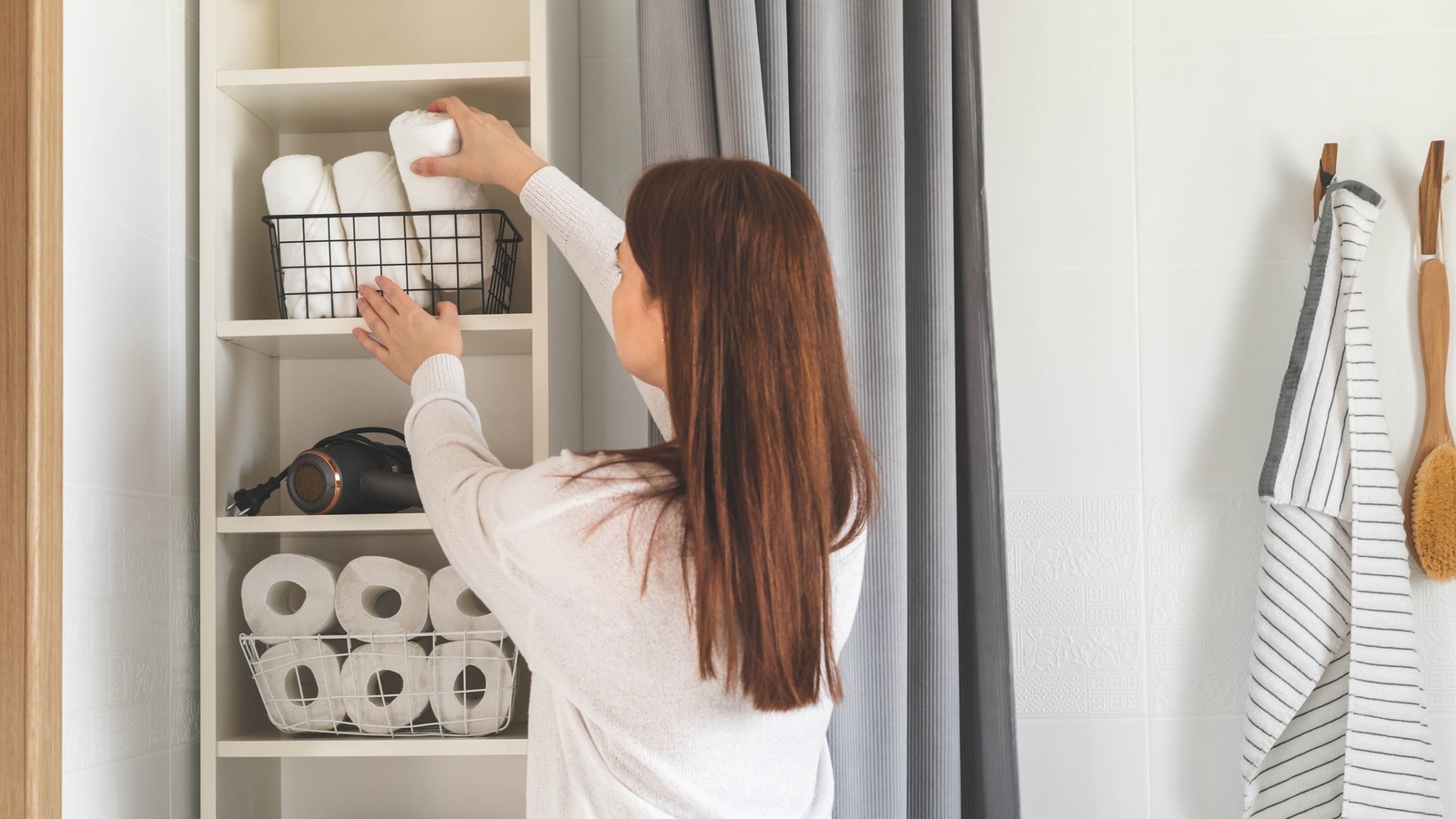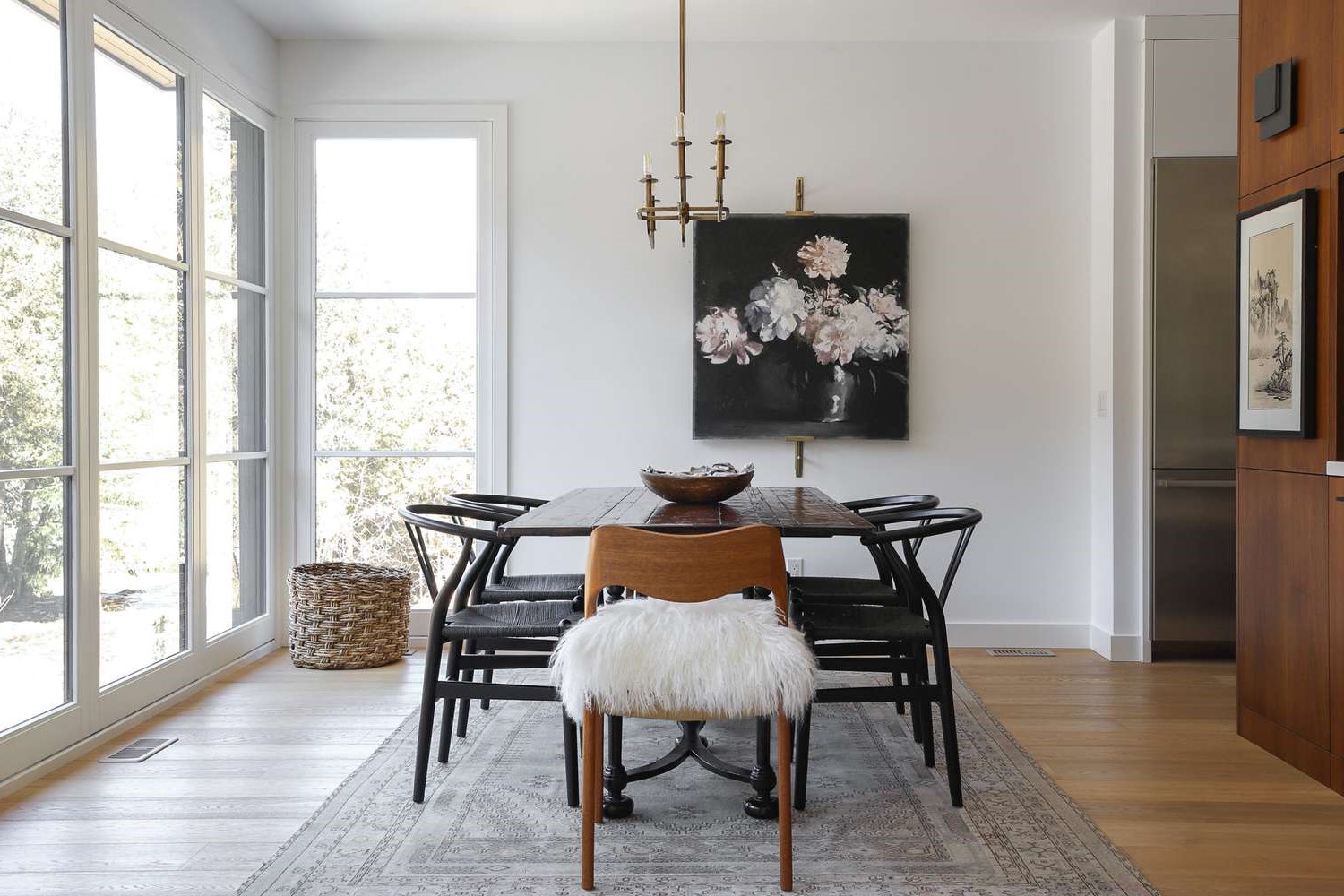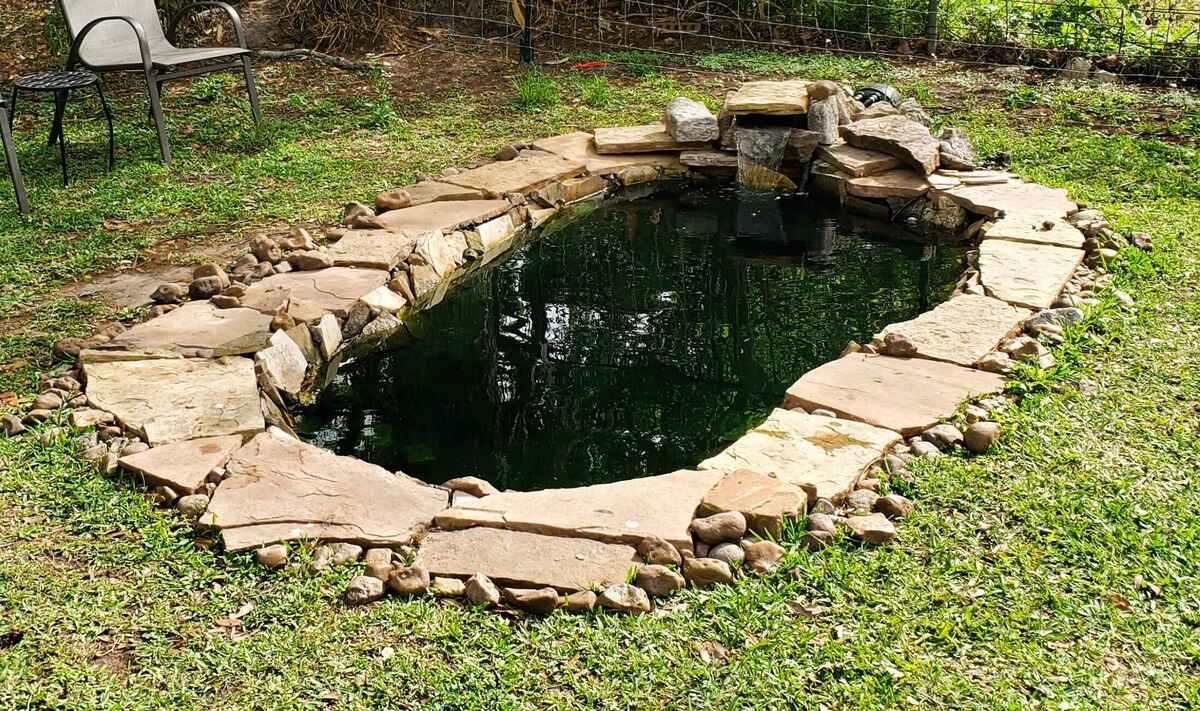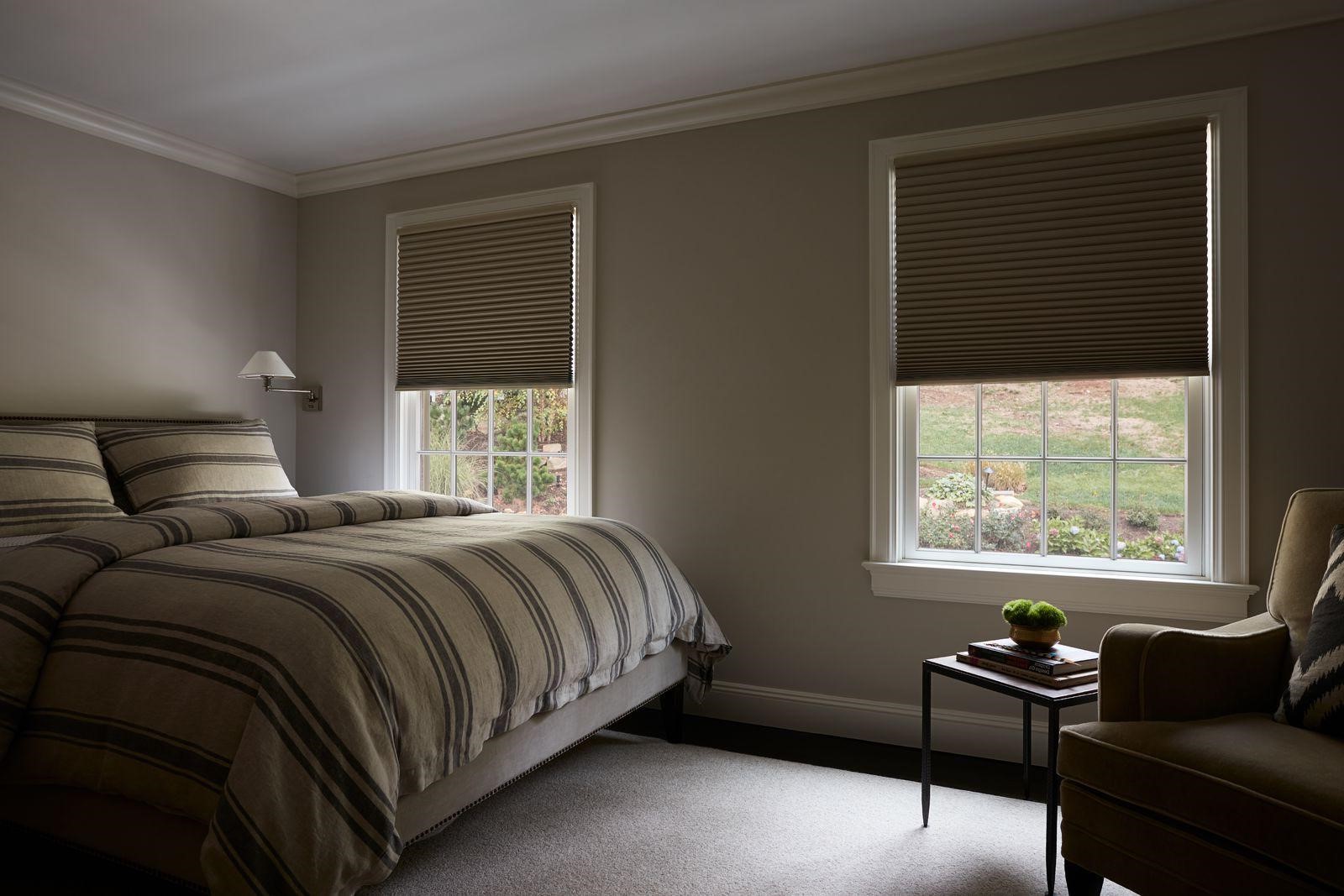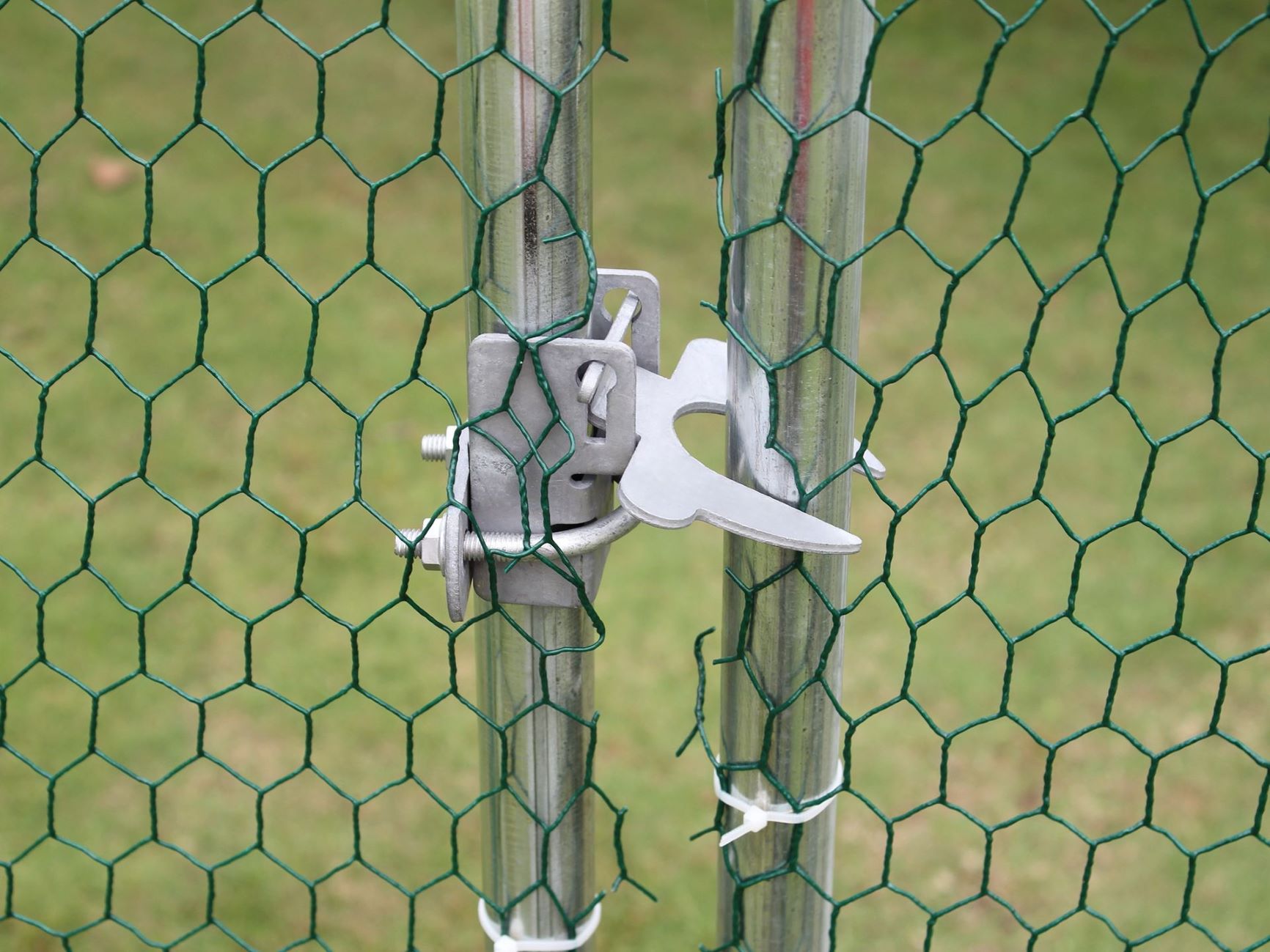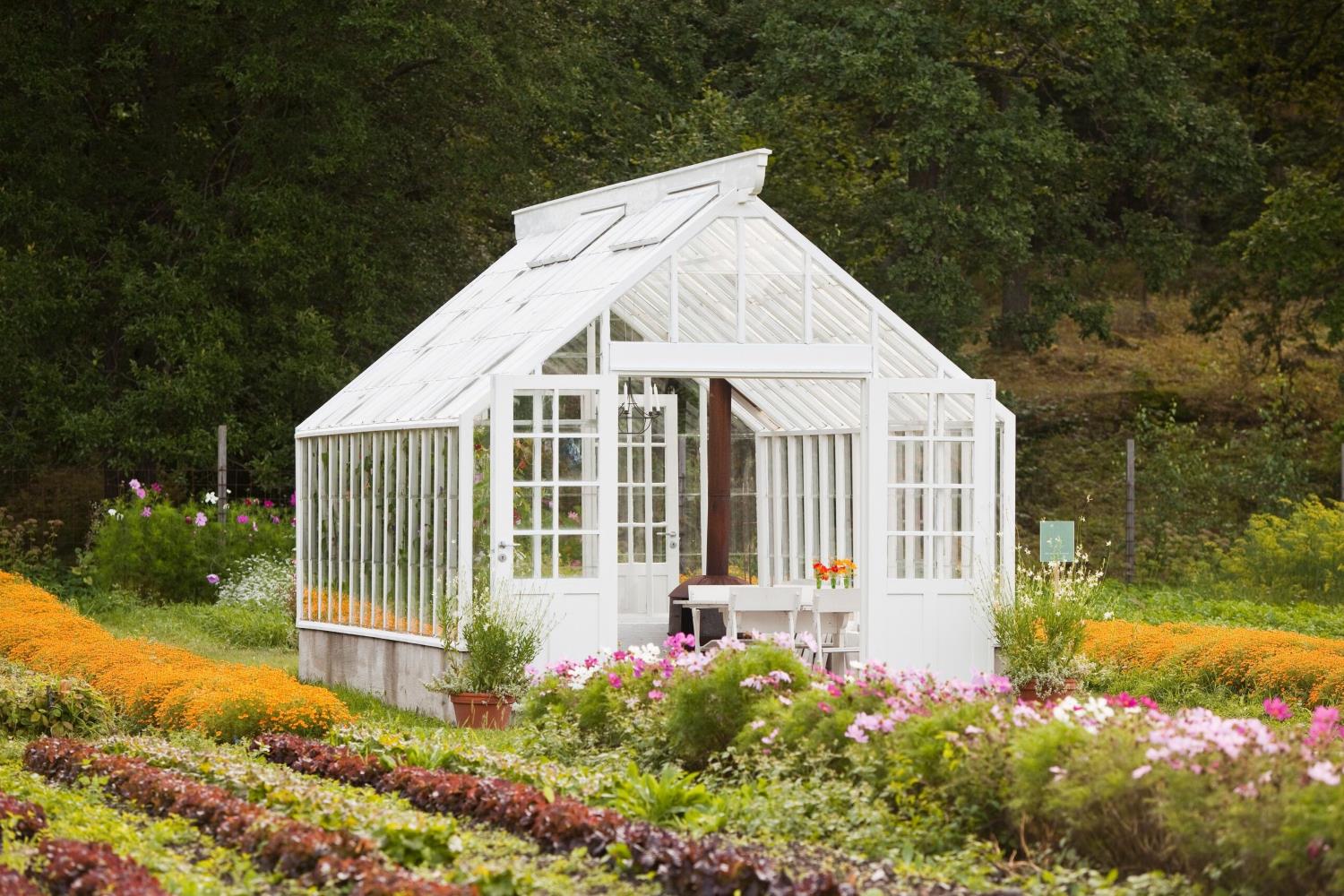Home>Create & Decorate>DIY & Crafts>DIY Chicken Nesting Boxes: How To Create Cozy Spaces For Your Feathered Friends
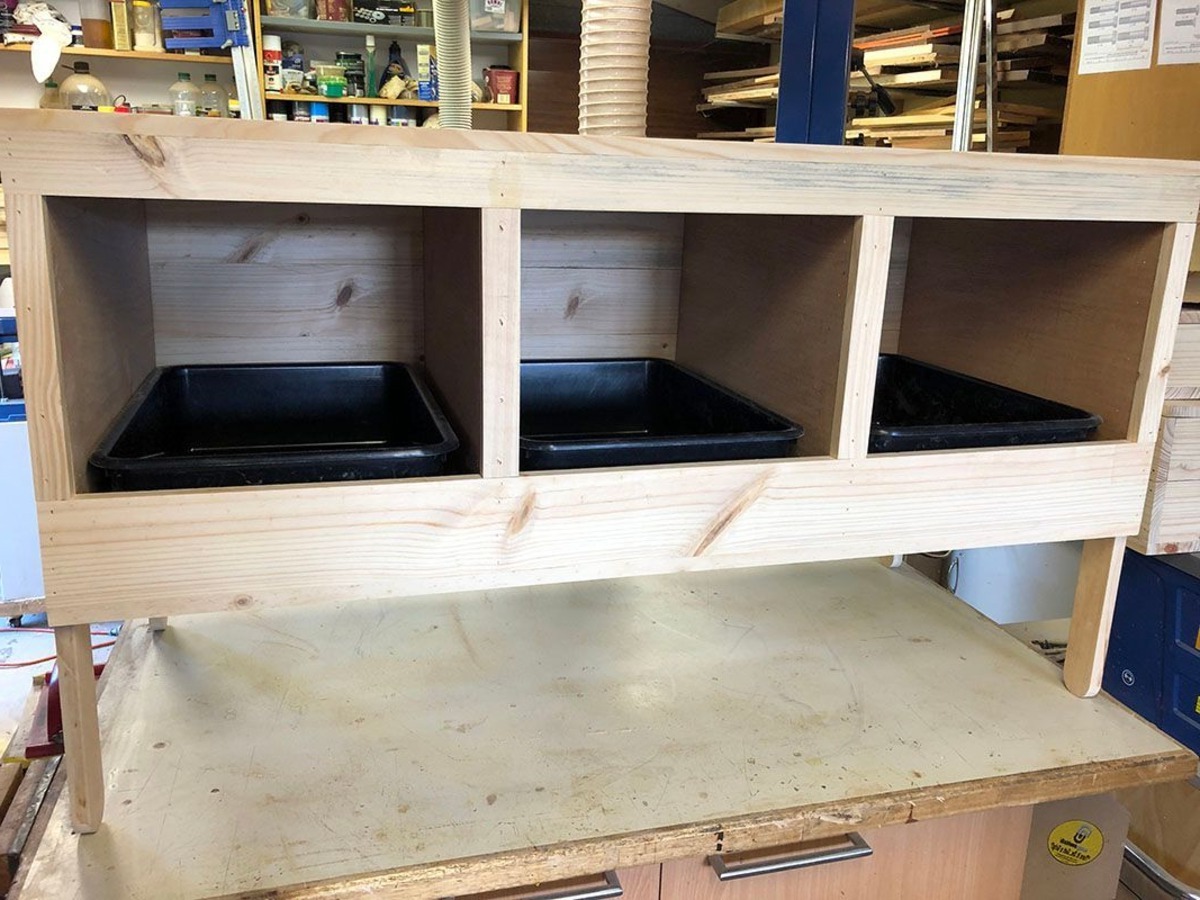

DIY & Crafts
DIY Chicken Nesting Boxes: How To Create Cozy Spaces For Your Feathered Friends
Published: February 27, 2024

Senior Editor in Create & Decorate, Kathryn combines traditional craftsmanship with contemporary trends. Her background in textile design and commitment to sustainable crafts inspire both content and community.
Discover how to build DIY chicken nesting boxes to provide comfortable and secure spaces for your feathered friends. Get creative with these DIY & Crafts ideas!
(Many of the links in this article redirect to a specific reviewed product. Your purchase of these products through affiliate links helps to generate commission for Twigandthistle.com, at no extra cost. Learn more)
Introduction
Raising chickens can be a rewarding and fulfilling experience, whether you're a seasoned farmer or a backyard enthusiast. Providing your feathered friends with a comfortable and secure environment is essential for their well-being and productivity. One crucial aspect of creating a cozy space for your chickens is ensuring they have suitable nesting boxes where they can lay their eggs in peace.
DIY chicken nesting boxes offer a fantastic opportunity to exercise your creativity while catering to the specific needs of your flock. By crafting these cozy spaces yourself, you can customize them to suit your chickens' preferences and the available space in your coop. Not only does this allow for a personalized touch, but it also provides a cost-effective alternative to purchasing pre-made nesting boxes.
In this guide, we'll delve into the world of DIY chicken nesting boxes, exploring the benefits of creating these cozy spaces, the materials needed, step-by-step instructions, and valuable tips for ensuring your feathered friends have the perfect environment for laying eggs. Whether you're a seasoned DIY enthusiast or a novice looking to embark on a new project, this comprehensive guide will equip you with the knowledge and inspiration to create inviting nesting boxes that your chickens will love.
So, roll up your sleeves, gather your materials, and get ready to embark on a rewarding DIY adventure that will not only benefit your chickens but also provide you with a sense of accomplishment and pride as you witness your feathered friends enjoying their new nesting boxes. Let's dive into the world of DIY chicken nesting boxes and discover the joy of creating cozy spaces for your beloved flock.
Read more: How To Build Chicken Nesting Boxes
Benefits of DIY Chicken Nesting Boxes
Creating DIY chicken nesting boxes offers a multitude of benefits for both you and your feathered friends. Let's explore the advantages of embarking on this rewarding project:
-
Customization: DIY nesting boxes allow you to tailor the design and size to suit the specific needs of your flock. Whether you have bantam chickens or larger breeds, you can customize the dimensions of the nesting boxes to ensure they provide a comfortable and secure space for your hens to lay their eggs.
-
Cost-Effectiveness: By crafting your own nesting boxes, you can significantly reduce the expenses associated with purchasing pre-made options. Utilizing readily available materials and repurposing items you may already have can result in substantial cost savings while still providing a cozy environment for your chickens.
-
Personalization: DIY nesting boxes enable you to infuse a personal touch into your chicken coop. You can get creative with colors, decorations, and additional features to reflect your unique style while creating a welcoming space for your feathered companions.
-
Satisfaction of Accomplishment: Building something with your own hands can be incredibly fulfilling. The sense of achievement that comes from constructing functional and aesthetically pleasing nesting boxes for your chickens is immensely gratifying and can boost your confidence in your DIY skills.
-
Enhanced Egg Production: Well-designed nesting boxes can contribute to a conducive environment for egg-laying. When hens feel secure and comfortable, they are more likely to lay eggs consistently, leading to improved egg production for your household or potential sales.
-
Bonding with Your Flock: Engaging in the process of creating nesting boxes can strengthen your bond with your chickens. Spending time in their living space, observing their behaviors, and catering to their needs fosters a deeper connection and understanding of your feathered friends.
-
Learning Opportunity: Embarking on a DIY project provides an excellent opportunity to learn new skills and techniques. Whether you're honing your carpentry abilities or exploring innovative design concepts, creating nesting boxes can expand your knowledge and expertise in various areas.
By considering these benefits, you can gain a deeper appreciation for the value of DIY chicken nesting boxes. The advantages extend beyond the practical aspects, encompassing personal satisfaction, cost-efficiency, and the well-being of your cherished flock.
Materials Needed
Embarking on the journey of creating DIY chicken nesting boxes requires gathering a selection of essential materials to ensure a successful and rewarding construction process. By assembling the following items, you can lay the foundation for crafting cozy and functional nesting spaces for your feathered companions.
1. Wood:
Select sturdy and untreated wood for constructing the main structure of the nesting boxes. Plywood or lumber boards are commonly used choices, offering durability and ease of customization. Ensure the wood is of suitable thickness to provide insulation and protection for the eggs.
2. Nails and Screws:
Stock up on a variety of nails and screws in different sizes to secure the wooden components together. Galvanized or stainless steel fasteners are recommended to prevent rusting, ensuring the longevity of the nesting boxes.
Read more: DIY Chicken Coop Door Ideas
3. Saw:
A reliable saw, such as a circular saw or handsaw, is indispensable for cutting the wood to the required dimensions. This versatile tool enables precise and efficient shaping of the nesting box components.
4. Measuring Tape:
Accurate measurements are crucial for ensuring the proper fit and functionality of the nesting boxes. A quality measuring tape facilitates precision in determining the dimensions of the wood pieces, contributing to the overall structural integrity.
5. Drill:
A power drill equipped with appropriate drill bits is essential for creating holes and assembling the nesting box components. Whether it's for pilot holes, attaching hardware, or adding optional features, a drill is a fundamental tool in the construction process.
6. Hinges and Latches:
Incorporate hinges and latches to facilitate easy access for egg collection and cleaning. Opt for durable and rust-resistant hardware to ensure smooth operation and longevity.
Read more: How to Build a Cat Window Box
7. Paint and Sealant:
To enhance the aesthetics and protect the wood from environmental elements, consider using non-toxic paint and sealant. These materials not only add a decorative touch but also contribute to the longevity of the nesting boxes.
8. Nesting Material:
Provide comfortable bedding material, such as straw or wood shavings, to line the nesting boxes. This cozy layer offers a welcoming environment for your hens to lay their eggs and helps maintain cleanliness within the nesting spaces.
By gathering these essential materials, you can lay the groundwork for constructing DIY chicken nesting boxes that prioritize functionality, durability, and the well-being of your cherished flock. With careful selection and preparation, you can embark on this fulfilling project with confidence, knowing that your feathered friends will soon enjoy the comfort of their new nesting spaces.
Step-by-Step Instructions
Creating DIY chicken nesting boxes involves a series of carefully orchestrated steps to ensure the successful construction of cozy and functional spaces for your feathered friends. By following these detailed instructions, you can embark on a rewarding journey of crafting nesting boxes that cater to the specific needs of your flock while adding a personalized touch to your chicken coop.
1. Design Planning:
Begin by envisioning the ideal nesting box design that aligns with the size of your chicken coop and the number of hens in your flock. Consider factors such as dimensions, entry access, and the overall aesthetic appeal. Sketch out a rough design or create a blueprint to serve as a visual guide throughout the construction process.
Read more: DIY Chicken Run Door Ideas
2. Wood Preparation:
Measure and cut the selected wood into the necessary components for the nesting boxes, including the sides, base, and roof. Ensure precise measurements to guarantee a snug and secure fit when assembling the nesting box structure. Sand the edges to remove any rough surfaces and create a smooth finish.
3. Assembly:
Using nails and screws, begin assembling the wooden components according to the predetermined design. Start with the base and attach the sides, ensuring sturdy and secure connections. Incorporate a slanted roof to prevent roosting and discourage the accumulation of debris.
4. Entry Access:
Integrate a hinged door or removable panel to facilitate easy access for egg collection and cleaning. Install a latch to secure the entry access, providing a convenient yet secure closure mechanism.
5. Ventilation and Drainage:
Drill small ventilation holes near the top of the nesting boxes to promote air circulation and prevent moisture buildup. Additionally, create drainage holes in the base to facilitate the removal of any excess moisture, maintaining a dry and comfortable environment for the nesting hens.
Read more: DIY Door Alternatives for Dining Room
6. Finishing Touches:
Apply a non-toxic paint or sealant to the exterior of the nesting boxes to enhance their visual appeal and protect the wood from environmental elements. Choose colors that complement the overall aesthetic of your chicken coop while ensuring the safety of your feathered companions.
7. Nesting Material:
Line the interior of the nesting boxes with a generous amount of comfortable nesting material, such as straw or wood shavings. This cozy bedding provides a welcoming space for your hens to lay their eggs while ensuring a clean and inviting nesting environment.
By meticulously following these step-by-step instructions, you can embark on the construction of DIY chicken nesting boxes with confidence and precision. Each stage of the process contributes to the creation of cozy and functional spaces that prioritize the well-being and productivity of your cherished flock. With dedication and attention to detail, you can witness the transformation of basic materials into inviting nesting boxes that your chickens will eagerly embrace.
Tips for Creating Cozy Spaces
Creating a cozy and inviting environment within the nesting boxes is essential for ensuring the comfort and well-being of your feathered friends. By incorporating thoughtful design elements and considering the specific needs of your chickens, you can elevate the nesting spaces to provide a welcoming haven for egg-laying. Here are valuable tips for optimizing the coziness of your DIY chicken nesting boxes:
-
Optimal Placement: Position the nesting boxes in a quiet and secluded area of the chicken coop to provide a sense of privacy and security for the hens. Avoid placing the nesting boxes in high-traffic areas to minimize disturbances during the egg-laying process.
-
Adequate Insulation: Ensure the nesting boxes offer sufficient insulation to maintain a comfortable temperature for the eggs and nesting hens. Consider adding extra bedding material during colder seasons to provide warmth and comfort for your chickens.
-
Natural Lighting: Incorporate natural light into the chicken coop to create a bright and inviting atmosphere within the nesting boxes. Ample natural light can positively influence the hens' egg-laying behavior and contribute to a pleasant environment.
-
Regular Cleaning: Establish a routine for cleaning and maintaining the nesting boxes to uphold cleanliness and hygiene. Remove any soiled bedding material and debris, and sanitize the nesting boxes periodically to create a fresh and inviting space for your hens.
-
Appropriate Sizing: Ensure the nesting boxes are appropriately sized to accommodate the breeds of chickens in your flock. Providing ample space for the hens to comfortably enter, turn around, and settle for egg-laying contributes to a stress-free and cozy environment.
-
Predator Protection: Implement measures to safeguard the nesting boxes against potential predators. Secure the coop with sturdy latches and consider reinforcing the surrounding area to prevent unauthorized access, ensuring the safety and security of your chickens.
-
Comfortable Bedding: Select soft and comfortable bedding material, such as straw or wood shavings, to line the nesting boxes. This cozy layer not only provides a comfortable surface for egg-laying but also contributes to a tranquil and inviting nesting environment.
-
Minimal Disturbance: Minimize disruptions around the nesting boxes to create a serene and peaceful atmosphere for the hens. Encourage a calm and tranquil environment within the chicken coop to promote stress-free egg-laying behavior.
By implementing these tips, you can elevate the coziness of your DIY chicken nesting boxes, providing your feathered companions with a serene and inviting space to fulfill their natural instincts. These considerations contribute to a harmonious and comfortable environment, ultimately enhancing the well-being and productivity of your cherished flock.
Conclusion
As you conclude the construction of your DIY chicken nesting boxes, you have not only embarked on a fulfilling project but also prioritized the well-being and productivity of your cherished flock. The journey of creating these cozy spaces has allowed you to exercise your creativity, hone your DIY skills, and cater to the specific needs of your feathered friends. By infusing a personal touch into the design and construction process, you have crafted inviting nesting boxes that reflect your care and dedication to providing a comfortable environment for your chickens.
The benefits of DIY chicken nesting boxes extend beyond the practical aspects, encompassing personal satisfaction, cost-efficiency, and the strengthening of your bond with your flock. The customization and personalization opportunities inherent in this project have empowered you to tailor the nesting boxes to suit the unique requirements of your chickens, fostering a sense of pride and accomplishment as you witness your feathered companions enjoying their new spaces.
As you witness your chickens embracing the cozy nesting boxes, you can take pride in the enhanced egg production and the positive impact on the overall well-being of your flock. The thoughtful design elements and meticulous construction process have culminated in the creation of inviting havens where your hens can lay their eggs in peace, contributing to a harmonious and productive environment within your chicken coop.
Moving forward, the knowledge and skills acquired throughout this DIY endeavor can serve as a foundation for future projects and further exploration of creative and practical solutions for your chicken-keeping endeavors. Whether you're a seasoned DIY enthusiast or a novice venturing into the world of crafting, the experience of creating DIY chicken nesting boxes has equipped you with valuable insights and capabilities that extend beyond the confines of your coop.
As you witness your feathered friends embracing their new nesting spaces, take a moment to appreciate the impact of your efforts on the well-being and happiness of your cherished flock. The cozy and functional nesting boxes stand as a testament to your dedication to providing a nurturing environment for your chickens, fostering a sense of fulfillment and joy as you witness the positive influence of your DIY project.
In conclusion, the creation of DIY chicken nesting boxes has not only enriched the living environment of your chickens but has also enriched your own experience as a caretaker and creator. The cozy spaces you have crafted serve as a testament to the value of hands-on care and the rewards of investing time and effort into the well-being of your beloved flock.

